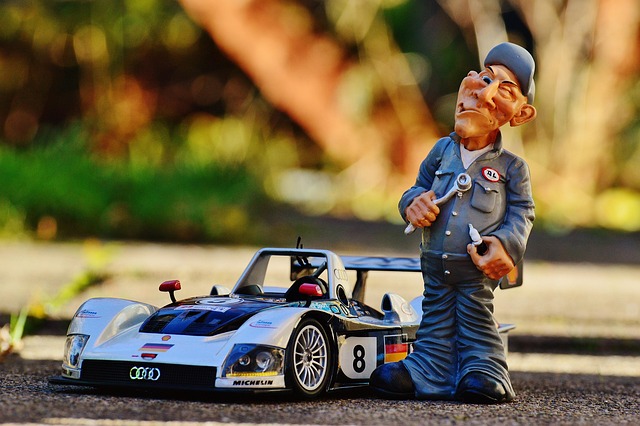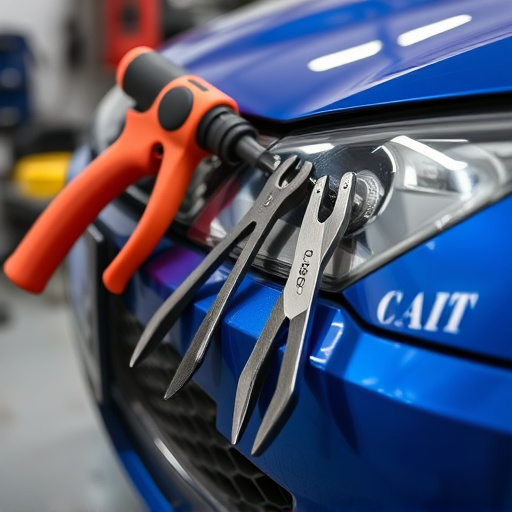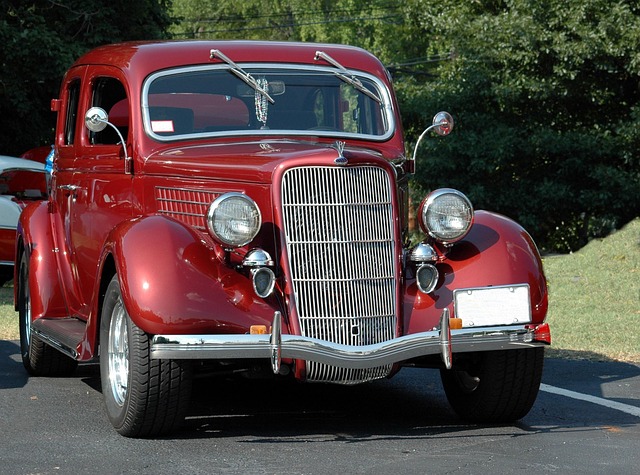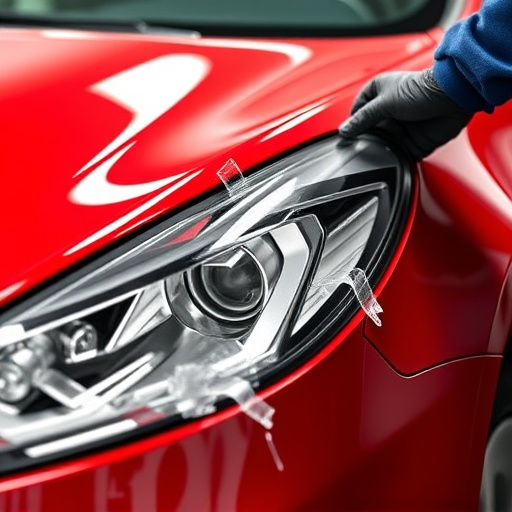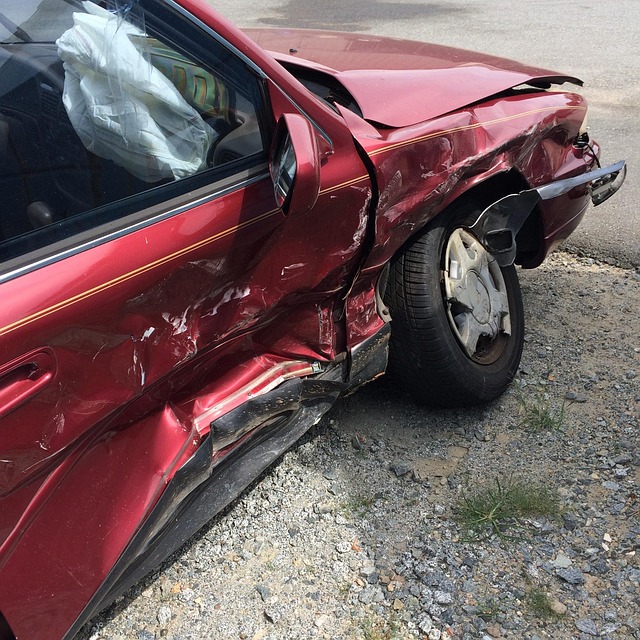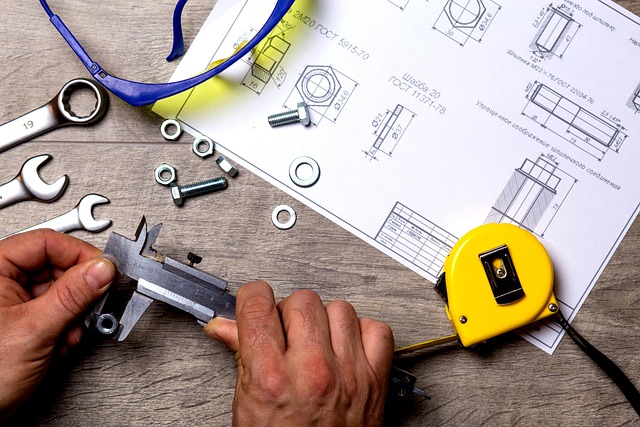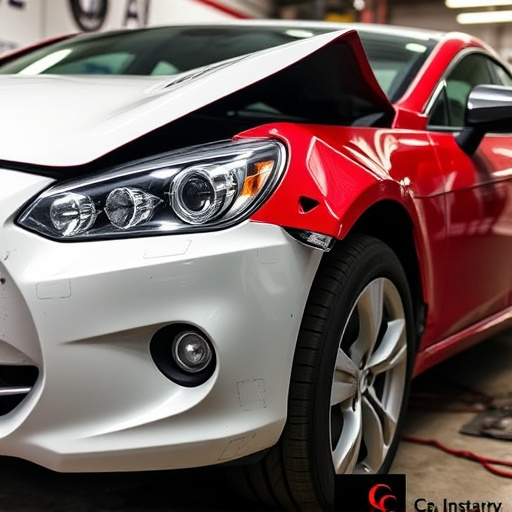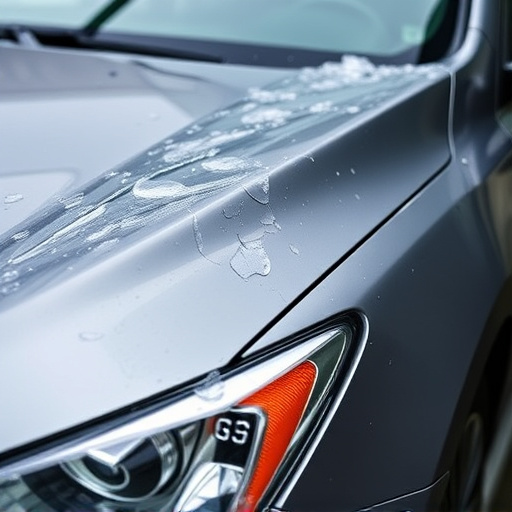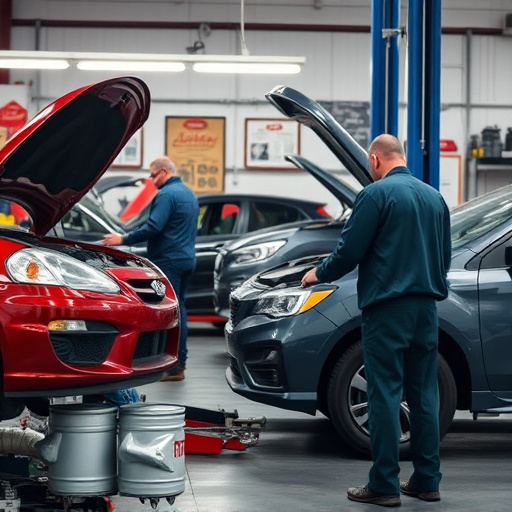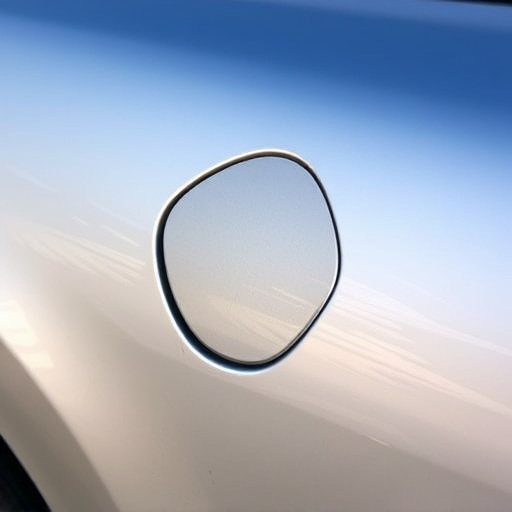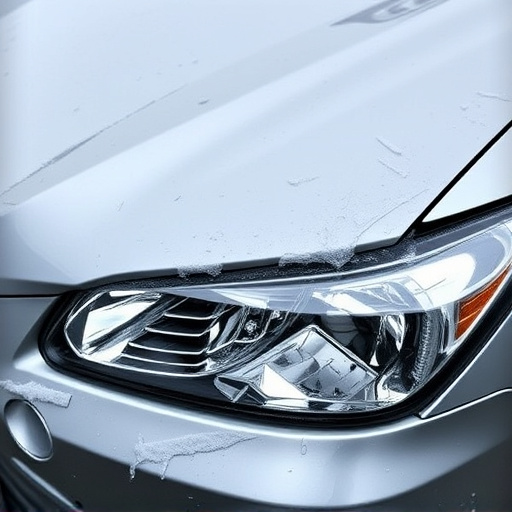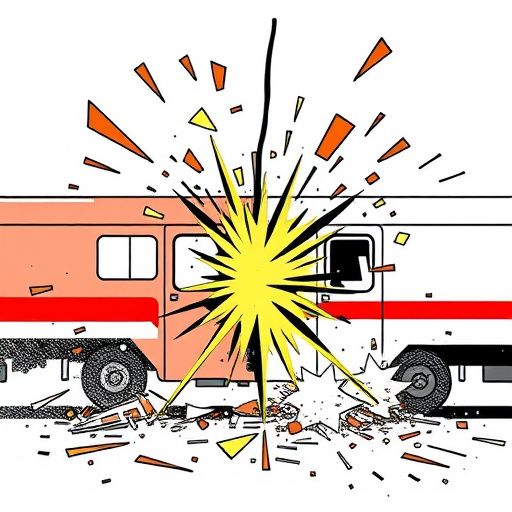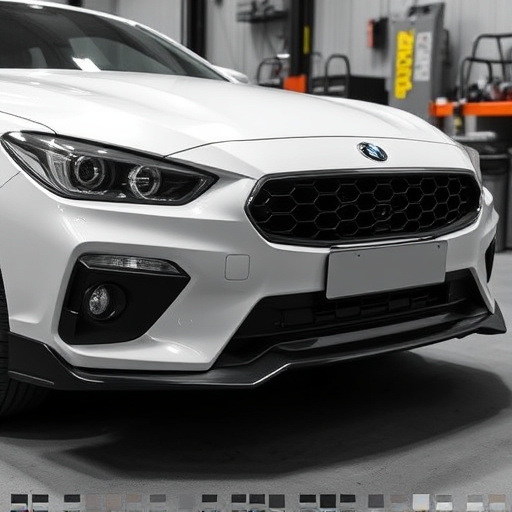Hybrid vehicle collision repairs require specialized training and equipment due to complex electrical and mechanical systems like battery packs, power electronics, and regenerative braking. Standardization offers environmental and economic benefits, ensuring efficient, eco-friendly repairs, reduced costs, and faster timelines while catering to the growing demand for hybrid vehicles as sustainable transportation solutions.
In today’s automotive landscape, hybrid vehicles are becoming increasingly prevalent on our roads. However, their intricate systems present unique challenges for collision repair shops. This article explores why standardizing hybrid vehicle collision repair practices is essential. We delve into the specific hurdles these cars pose, highlighting the benefits of specialized technician training. Additionally, we examine the environmental and economic advantages of adopting standardized procedures, ensuring safer, more sustainable repairs for a greener future.
- Understanding the Unique Challenges of Hybrid Vehicle Repairs
- Benefits of Specialized Training for Technicians
- The Environmental and Economic Case for Standardized Practices
Understanding the Unique Challenges of Hybrid Vehicle Repairs
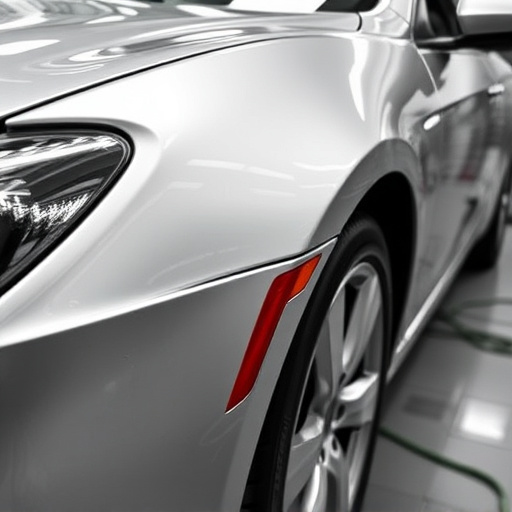
Hybrid vehicle collision repairs present a unique set of challenges for automotive shops. These vehicles combine complex electrical systems with traditional mechanical components, requiring specialized knowledge and tools that aren’t always standard in regular body shop services. When a hybrid is involved in an accident, technicians must carefully assess not just visible damage but also potential internal harm to the battery packs and power electronics—a far cry from conventional vehicle collision repair.
Additionally, tire services for hybrids often go beyond simple replacements. Hybrid vehicles’ advanced systems necessitate precise alignment and balance to ensure optimal performance and efficiency post-repair. As such, shops that cater to hybrid vehicle collision repair must invest in up-to-date training, equipment, and a deep understanding of these intricate systems to provide the best care for these modern automobiles.
Benefits of Specialized Training for Technicians
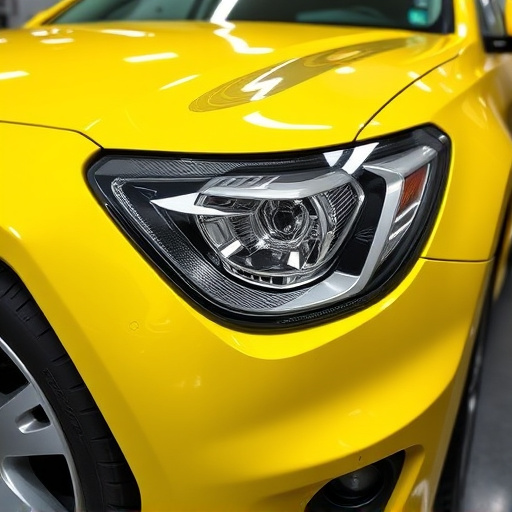
Specialized training for technicians engaged in hybrid vehicle collision repair is paramount in ensuring optimal outcomes for these complex vehicles. As hybrid technology continues to evolve, so do the challenges in repairing them. Technicians need to be adept at understanding and working with advanced systems like electric motors, regenerative braking, and sophisticated electronics, which often differ significantly from conventional internal combustion engines.
This specialized training equips technicians with the knowledge and skills required to perform precise, safe, and effective repairs. It enables them to accurately diagnose issues related to both the vehicle’s mechanical and electrical components, leading to higher customer satisfaction and reduced repair times. Moreover, it fosters a culture of innovation and adaptability within collision centers, positioning them as leaders in providing top-notch hybrid vehicle repair services, including hail damage repair, in a competitive market.
The Environmental and Economic Case for Standardized Practices
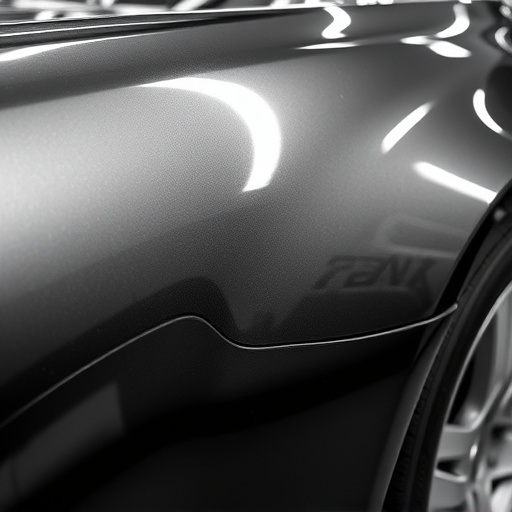
The environmental and economic benefits of standardizing hybrid vehicle collision repair practices are compelling. As global efforts to reduce carbon emissions intensify, the automotive industry is undergoing a significant transition. Hybrid vehicles, with their advanced technology and lower environmental impact, are becoming increasingly prevalent on the roads. However, specialized knowledge and equipment are required to properly repair these complex systems, ensuring they remain efficient and eco-friendly after an accident. Standardizing hybrid vehicle collision repair across auto body shops can lead to several economic advantages. It enables efficient resource allocation, as specialized technicians and facilities can be shared more readily, reducing overall costs for both consumers and businesses. Moreover, streamlined processes can accelerate the repair timeline, minimizing downtime for vehicle owners and maximizing productivity in auto repair shops.
This standardization plays a crucial role in promoting sustainability. Hybrid vehicles often have intricate electrical systems and specialized components that require precise handling during repairs to maintain their energy efficiency. By adopting consistent practices, auto painting and auto repair shops can ensure these vehicles are restored to their original specifications, preserving their ecological advantages. This, in turn, contributes to the overall reduction of environmental impact caused by vehicle accidents and supports the growing demand for eco-conscious transportation solutions.
Hybrid vehicle collision repair is not just a niche concern; it’s a necessary step towards sustainable and efficient automotive servicing. Understanding the unique challenges and implementing standardized practices with specialized training empowers shops to provide high-quality, eco-friendly repairs. This not only benefits the environment but also strengthens economic sustainability by ensuring these vehicles are safely restored to the road, reducing potential risks and costs associated with subpar repairs. Embracing hybrid vehicle collision repair as a standard practice is a step towards a greener future for the automotive industry.
